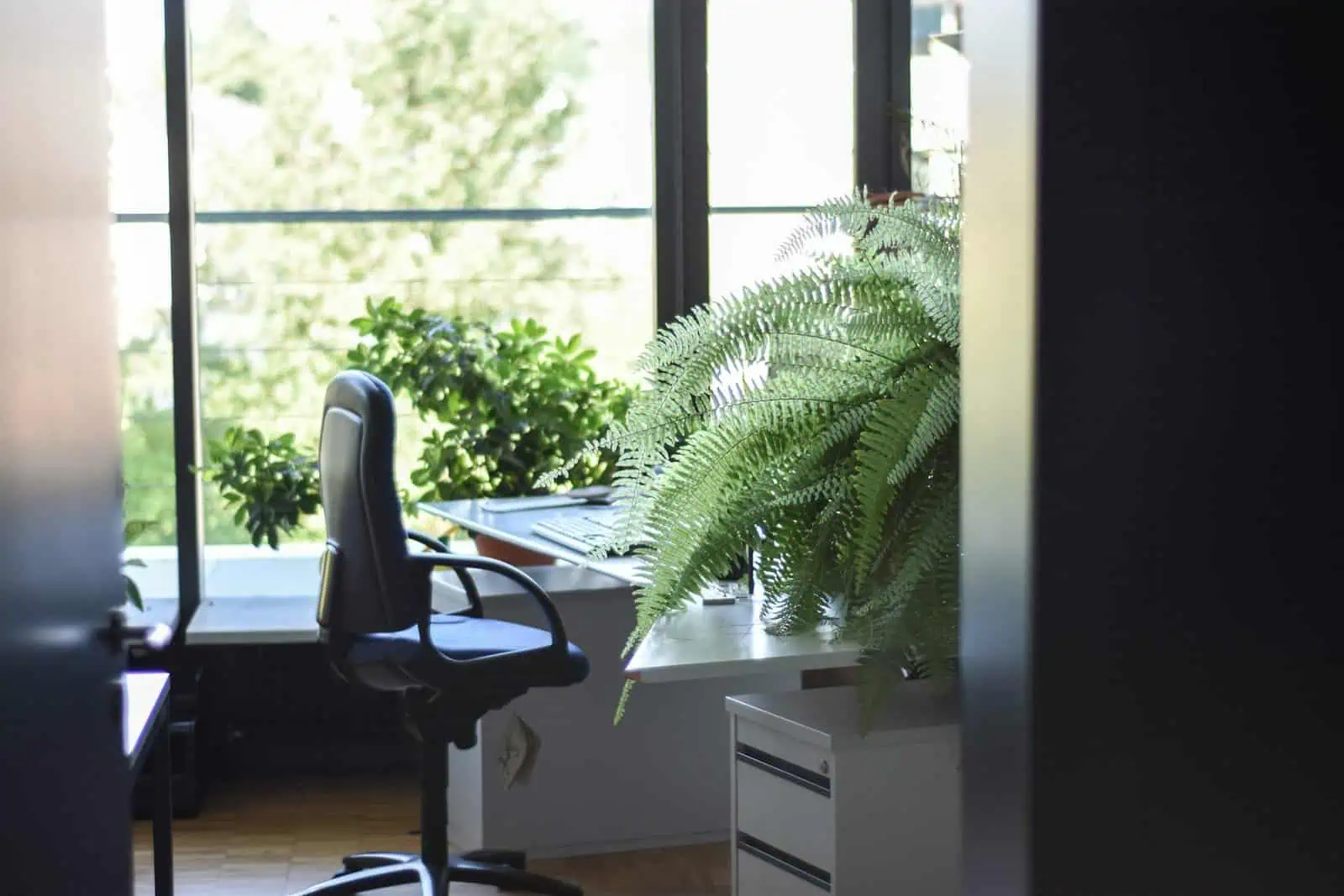When we think about workplace design, the first things that come to mind are often aesthetics, modern desks, stylish breakout areas, and maybe even a fancy coffee machine. But more organisations are now recognising that design goes far beyond appearances. The way a workplace is set up can directly influence the health, well-being, and productivity of the people who spend most of their day there. A well-designed environment not only makes employees feel comfortable but also encourages healthier lifestyle choices that can have long-term benefits.
One growing example of this shift is providing nicotine-free vape pods in smoking areas. For organisations, it’s a practical way to support employees who want alternatives to traditional smoking without removing their sense of inclusion in workplace culture. Beyond that, it demonstrates that companies are listening to individual needs and offering tools that align with healthier habits. This kind of small yet thoughtful initiative can change how people interact with their environment and ultimately with one another.
Why Workplace Design Matters
We spend close to a third of our lives at the office, and it is therefore a massive influence on how our physical and mental well-being develops. Studies indicate that when workers feel safe, valued, and supported, they work better and are more motivated. On the other hand, an atmosphere perceived as stressful, confining, or inattentive can exacerbate burnout, absenteeism, and turnover.
A healthy workplace is not just about ergonomic chairs or better lighting. It’s about designing an ecosystem that enables people to flourish. That involves physical needs, such as natural light, greenery, or fresh air, along with psychological ones like open communication, acknowledgement, and a sense of belonging. When design takes these into account, the workplace is a space where employees are energised instead of depleted.
Small Changes with Big Impacts
You don’t necessarily have to renovate an entire office to improve your health completely. Sometimes, small changes can have the most significant impact. Adding plants, for instance, can cut stress and purify the air. Rearranging public spaces so they promote movement and social interaction can enhance morale. Even reconsidering the smoking space to include healthier options like nicotine-free ones makes staff feel cared for without making them feel excluded.
These little details count because they demonstrate care. Staff care when organisations care about their wellbeing, and this makes them stay on and be more productive. An office that feels human-centred becomes an office that people do not mind being in.
Balancing Choice and Inclusion
All employees are not alike in needs or workday habits. Some workers are fitness enthusiasts who visit the gym during their lunch hours, while others prefer quiet corners for concentration. The response is adaptability, offering spaces that can suit different tastes. At break times, inclusivity is also essential. By providing alternatives in spaces usually controlled by smoking, businesses make every worker feel included, whether they smoke, vape, or opt for healthier options.
This freedom of choice and integration creates a sense of community within the workplace. Individuals feel good when they understand they don’t have to compromise their own needs to belong.
Creating a Culture of Health
Design by itself is not sufficient; it must be accompanied by culture. An office that outwardly appears to be healthy but fails to support it with effective practices will not achieve the outcome it seeks. Leaders need to lead the way by example, whether it’s meeting in walking meetings, honouring downtime, or speaking aloud in favour of wellbeing activities.
A health-conscious culture can also be supported through policy. Promoting flexible working hours, acknowledging efforts, or endorsing smoke-free practices is a way to align design with day-to-day practice. This ongoing reinforcement ensures that staff feel well-being is not a fleeting fad but a genuine concern.
The Role of Outdoor and Social Spaces
Contemporary workspaces today place a greater emphasis on outdoor and communal spaces. Access to the outdoors not only improves physical well-being but also offers mental rejuvenation in hectic days. Such spaces, if designed carefully, can promote interaction without compulsion.
For instance, offering shaded seating spaces, quiet spots, or small team discussion areas outdoors can make outdoor spaces as functional as indoor ones. Incorporating wellbeing-oriented amenities, such as hydration stations or mindfulness spaces, conveys a powerful message that the organisation is invested in more than just output it is invested in people.
Employee Experience at the Centre
The employee experience lies at the centre of healthy workplace design. When individuals enter the workplace, they need to feel energised, not fatigued. They must have choices that promote their physical, mental, and social well-being. A positive employee experience does more than enhance job satisfaction – it inspires innovation, collaboration, and retention.
Offering wellbeing-focused amenities, wellness rooms, flexible spaces, and healthier options in shared spaces form this experience in concrete terms. They feel heard, respected, and encouraged to make decisions that suit them best.
Moving Beyond Trends
Workplace design often follows trends, but the most successful organisations focus on what actually makes a lasting difference. It’s not about installing a slide in the office or filling every wall with motivational quotes. It’s about listening to employees and responding with practical solutions.
By adopting measures such as wellness initiatives, flexible space design, and healthier lifestyle alternatives, organisations show they are invested in people’s long-term success. These choices move beyond temporary appeal and become part of a sustainable, people-first workplace model.
Designing a workplace that nurtures health isn’t a one-time project; it’s an evolving process. As employees’ needs change, so too should the spaces and policies that support them. What matters most is creating an environment where people feel included, empowered, and motivated to live healthier lives.
From rethinking communal areas to providing alternatives in smoking spaces, organisations have countless opportunities to improve wellbeing. By prioritising health in design, companies don’t just create better workplaces, they make better experiences, and ultimately, better outcomes for everyone.

